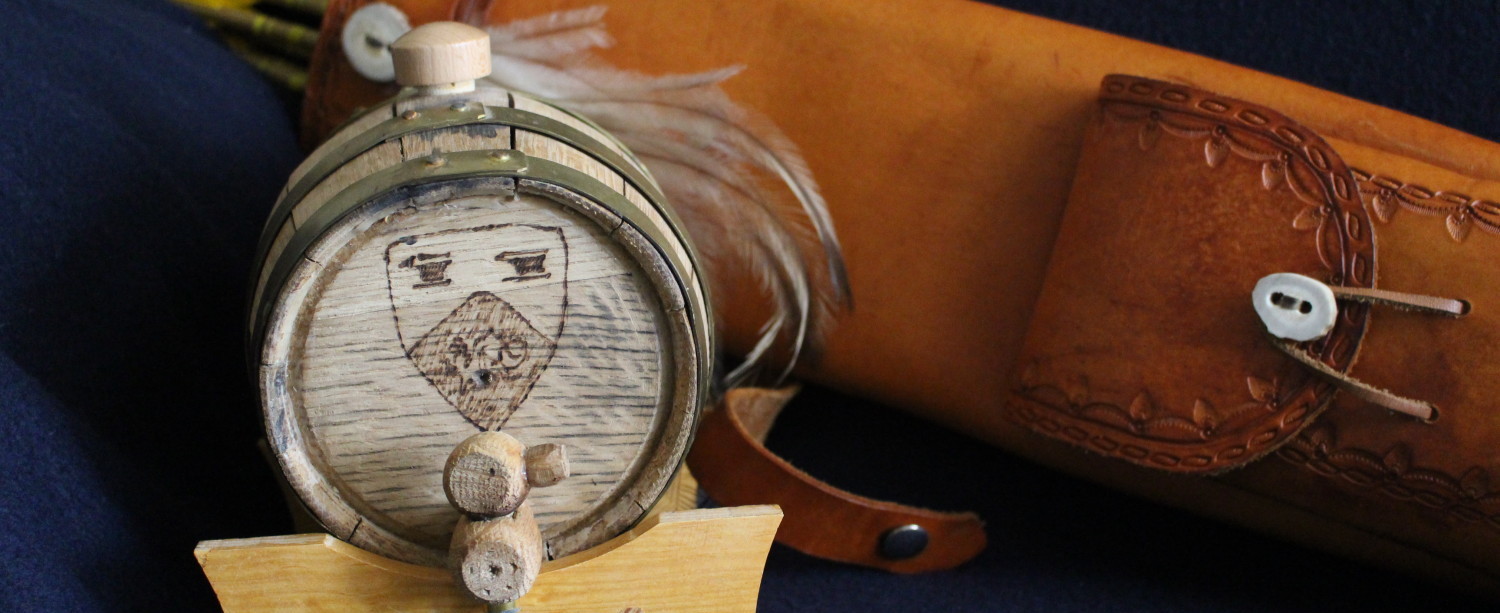Origins of Lager Yeasts – Update
The last couple of times I posted on this topic:
- I posted a research paper that I presented at Kingdom A&S, which was basically a summary of several posts related to the origins of lager yeasts in the 15th/16th centuries.
- I posted a summary of a Zymurgy article wherein the author set up a brewing competition using only S. eubayanus, the suspected yeast that hybridized with S. cerevisiae to yield S. carlsbergensis/pastorianus, the most widely used yeast in beer production world wide.
A few updates on these topics are in order. One significant update is the fact that S. eubayanus has now been isolated in additional locations. Previously, I reported that S. eubayanus had been isolated in Patagonia, North America (Wisconsin), China, and Tibet. Since my last report, I have found research that indicates isolation of S. eubayanus in additional North American locations (North Carolina, Washington, New Brunswick) (Peris, et al., 2016) and in New Zealand (Gayevskiy & Goddard, 2015). Also of significance is the fact that S. eubayanus has still not been isolated “in the wild” in Europe. More on this issue will appear below.
Another interesting development on the S. eubayanus/S. cerevisiae hybridization front is illustrated by a recent article published by Krogerus and his colleagues (Krogerus, et al., 2016). As I reported in previous posts, the two most commonly used lager yeasts are S. cerevisiae/S. eubayanus hybrids. One of these has three sets of chromosomes (allotriploid) and the other has four sets of chromosomes (allotetraploid). Krogerus and colleagues tested hybrids that they developed in the lab against the “traditional” lager strains used commercially. The hybrids that they developed included an allodiploid, an allotriploid, and an allotetraploid. These yeast hybrids were developed using no genetic modification or manipulation.
All of the yeasts were subjected to controlled fermentations varying factors such as original sugar content. For example, one of the fermentation conditions used a 15 degrees Plato wort (approximately 1.060 original gravity) and another used a 25 degrees Plato wort (approximately 1.100 original gravity).
The results were quite interesting. The hybrids produced by the researchers outperformed their specific parent yeasts, but also outperformed the traditional strains of lager yeasts with respect to alcohol production and the speed of fermentation. The higher the ploidy, the greater the alcohol yield and the faster the fermentation, in general (the allodiploid hybrid did not outperform its parent yeasts at the 26 Plato level). The same was also found for several important esters; The higher the ploidy number, the higher the ester levels in the resulting fermentations. There is much more to this article (I am still working my way through it). This study provides some intriguing possibilities for commercial users of yeast. The ability to produce hybrids that yield faster and more efficient fermentation could benefit a wide variety of industrial concerns. The fact that this can be done without genetic modification is an additional selling point for industries that wish to avoid the current controversies surrounding GMO.
Finally (and this is an article that I need more genetics knowledge to fully understand), a new article by David Peris and his colleagues (Peris, et al., 2016) brings to mind a quote by H.L. Mencken:
For every complex problem there is an answer that is clear, simple, and wrong.
Peris and colleagues present some fairly complex data that call into question some of the previously proposed origins of our currently popular domesticated lager yeasts. Through gene sequencing, they compared the genomes of domestic commercial lager yeasts with the genomes of wild S. eubayanus isolates. Peris, et al. suggest some possibilities of the origins of current domesticated lager yeast that make some of our previous assumptions less likely. For example, they believe that their data indicate that human activity may not have been necessary for the development of lager yeasts in Europe in the 15th/16th centuries. At the very least, Peris’ data suggest that the history of lager yeasts in Europe is far more complex that we’ve thought.
I still have a lot to process on this and a couple of other articles. I will report back when I feel like I have a good handle on their content.
References
Gayevskiy, V. & Goddard, M.R. (2015). Saccharomyces eubayanus and Saccharomyces arboricola reside in North Island native New Zealand forests. Environmental Microbiology, 18, 1137–1147.
Krogerus, K., et al. (2016). Ploidy influences the functional attributes of de novo lager yeast hybrids. Applied Microbiology and Biotechnology. Accessed online in May 2016).
Peris, D., et al. (2016). Complex ancestries of lager-brewing hybrids were shaped by standing variation in the wild yeast Saccharomyces eubayanus. PLOS: Genetics. http://journals.plos.org/plosgenetics/article?id=10.1371/journal.pgen.1006155


Comments
Origins of Lager Yeasts – Update — No Comments
HTML tags allowed in your comment: <a href="" title=""> <abbr title=""> <acronym title=""> <b> <blockquote cite=""> <cite> <code> <del datetime=""> <em> <i> <q cite=""> <s> <strike> <strong>